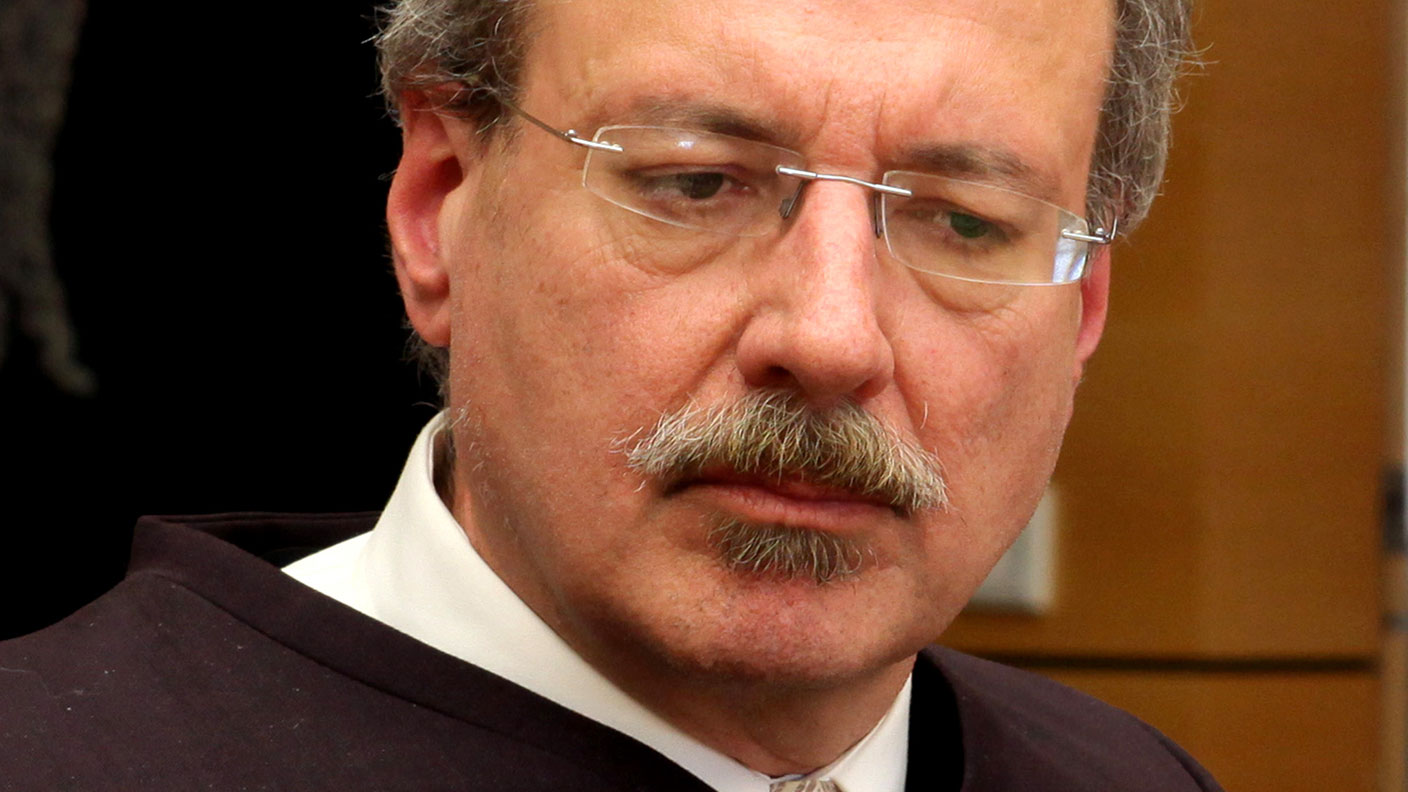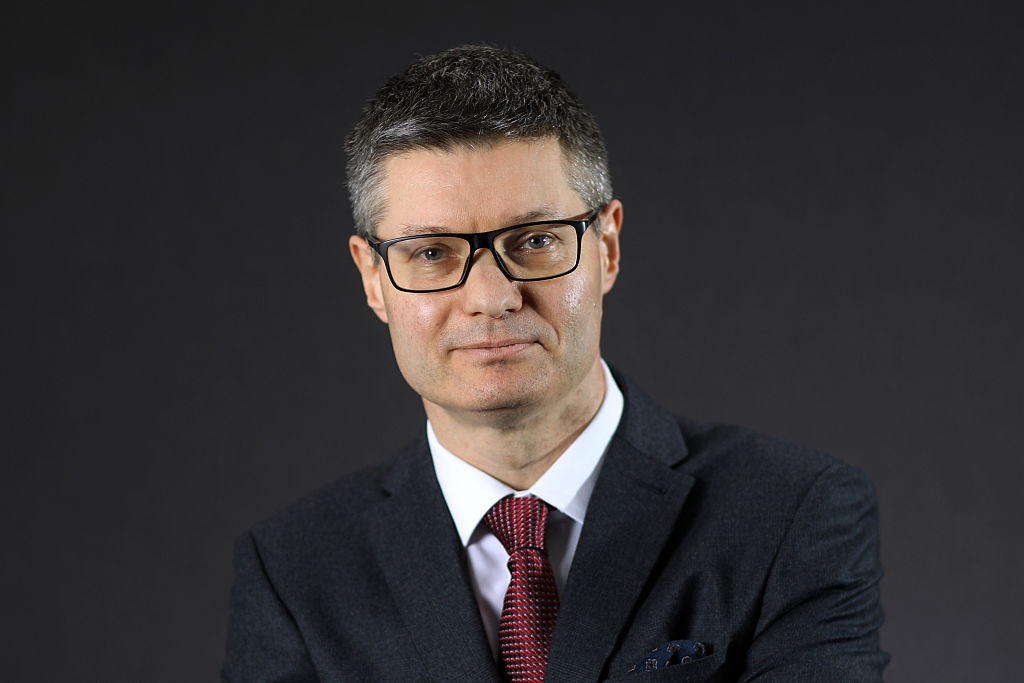Great frauds in history: Helmut Kiener, Germany’s mini-Madoff
The performance of Helmut Kiener’s fund of funds, which invested money from institutions and private investors into hedge funds, seemed too good to be true. It was.


Helmut Kiener (pictured) was born in the German town of Wernberg in 1959. After studying statistics at a local technical college, and doing his national service, he studied at various universities, eventually graduating with a diploma in psychology. After briefly working as a social researcher, in 1988 he set up an investment fund, Kiener Company (later named K1 Group), with his friend Dieter Frerichs. This “fund of funds” used money raised from institutional and private investors to invest in other hedge funds, based on their past performance.
What was the scam?
Kiener claimed that his investment criteria would enable K1 to select funds that would continue to beat the market. In reality, most of the funds that he selected were shell companies, with the money either returning to the main fund in order to pay off past investors, or used to enable Kiener to buy luxury homes and aircraft. Some of the cash was siphoned off into overseas bank accounts. To convince investors to stick with the fund, he falsely claimed the fund had posted a cumulative return of 855% between 1996 and 2009.
What happened next?
As early as 2002, German regulators were demanding that the fund be shut down due to a lack of official documentation. In response, Kiener simply re-registered the fund in the British Virgin Islands. In the summer of 2008, however, his major institutional investors started to demand the return of their money. In 2009 investigators at JPMorgan, who had taken over Bear Stearns, one of Kiener’s investors, spotted irregularities and complained to the authorities, who shut him down. Despite claiming that he was immune from prosecution as a diplomat for the African country of Guinea-Bissau, Kiener was eventually sentenced to more than ten years in jail.
MoneyWeek
Subscribe to MoneyWeek today and get your first six magazine issues absolutely FREE

Sign up to Money Morning
Don't miss the latest investment and personal finances news, market analysis, plus money-saving tips with our free twice-daily newsletter
Don't miss the latest investment and personal finances news, market analysis, plus money-saving tips with our free twice-daily newsletter
Lessons for investors
At the fund’s peak in 2008, Kiener claimed that the fund had assets of around $900m, though actual investor losses have been put at around $500m. He was dubbed “Germany’s mini-Madoff” by the press. Amazingly, much of the money flowed after the original attempts to shut the fund down were widely reported in the media. As with Bernie Madoff’s Ponzi scheme, the stability of the fund’s performance should have been a big red flag. It had reported only a handful of losing months between December 2002 and August 2009.
Get the latest financial news, insights and expert analysis from our award-winning MoneyWeek team, to help you understand what really matters when it comes to your finances.

-
 Boost for over 100,000 families on Child Benefit as new HMRC payment system rolled out
Boost for over 100,000 families on Child Benefit as new HMRC payment system rolled outThousands of households will no longer have to pay the dreaded High Income Child Benefit Charge through self-assessment
-
 Are you being haunted by the ghost of Christmas past? How festive cutbacks could boost your long-term wealth
Are you being haunted by the ghost of Christmas past? How festive cutbacks could boost your long-term wealthThe average family spends around £1,000 over the Christmas season. Here’s how much you could have gained if you had invested some of the money instead.
-
 Luana Lopes Lara: The ballerina who made a billion from prediction markets
Luana Lopes Lara: The ballerina who made a billion from prediction marketsLuana Lopes Lara trained at the Bolshoi, but hung up her ballet shoes when she had the idea of setting up a business in the prediction markets. That paid off
-
 Who is Christopher Harborne, crypto billionaire and Reform UK’s new mega-donor?
Who is Christopher Harborne, crypto billionaire and Reform UK’s new mega-donor?Christopher Harborne came into the spotlight when it emerged he had given £9 million to Nigel Farage's Reform UK. How did he make his millions?
-
 Why Trustpilot is a stock to watch for exposure to the e-commerce market
Why Trustpilot is a stock to watch for exposure to the e-commerce marketTrustpilot has built a defensible position in one of the most critical areas of the internet: the infrastructure of trust, says Jamie Ward
-
 The return of Erik Prince, America's notorious mercenary
The return of Erik Prince, America's notorious mercenaryErik Prince, founder of the controversial private military group Blackwater, was shunned for pushing the boundaries of legality. He has re-established himself
-
 Big Short investor Michael Burry closes hedge fund Scion Capital
Big Short investor Michael Burry closes hedge fund Scion CapitalProfile Michael Burry rightly bet against the US mortgage market before the 2008 crisis. Now he is worried about the AI boom
-
 Chen Zhi: the kingpin of a global conspiracy
Chen Zhi: the kingpin of a global conspiracyChen Zhi appeared to be a business prodigy investing in everything from real estate to airlines. Prosecutors allege he is the head of something more sinister
-
 Who is Jared Isaacman, SpaceX astronaut and Trump's pick as NASA chief?
Who is Jared Isaacman, SpaceX astronaut and Trump's pick as NASA chief?Jared Isaacman is a close ally of Elon Musk and the first non-professional astronaut to walk in space. Now, he is in charge of NASA
-
 Defeat into victory: the key to Next CEO Simon Wolfson's success
Defeat into victory: the key to Next CEO Simon Wolfson's successOpinion Next CEO Simon Wolfson claims he owes his success to a book on military strategy in World War II. What lessons does it hold, and how did he apply them to Next?